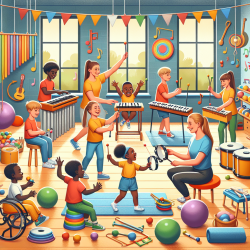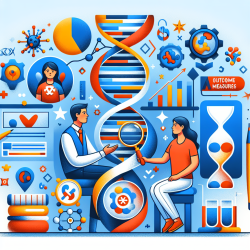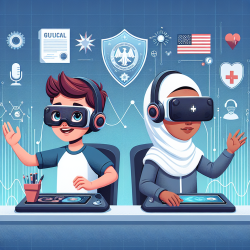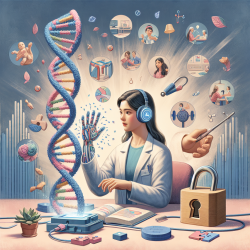Introduction
Imagine a world where music and movement come together to create a symphony of healing. Recent research highlights the promising effects of combining music therapy (MT) with physiotherapy (PT) to enhance motor function in children with cerebral palsy (CP). As the most common motor disability in childhood, CP affects millions worldwide, making innovative therapeutic approaches crucial. This blog delves into the research findings and offers insights for practitioners eager to integrate these therapies into their practice.
The Power of Music and Movement
The study, "Effects of the Combination of Music Therapy and Physiotherapy in the Improvement of Motor Function in Cerebral Palsy: A Challenge for Research," reveals that combining MT and PT can significantly improve motor function in children with CP. This synergistic approach leverages the rhythmic, harmonic, and melodic elements of music to enhance physical therapy outcomes, such as gait velocity, stride length, and balance.
Research Insights
The systematic review included eight clinical trials with 234 participants, demonstrating significant improvements in motor function. The meta-analysis suggested enhancements in gait velocity, although high heterogeneity was noted due to the limited number of studies. Despite this, the combination of MT and PT showed promise in improving various motor skills, including:
- Stride length and velocity
- Symmetry and cadence
- Knee extension power
- Balance and upper limb position
Challenges and Opportunities
While the results are encouraging, challenges remain in standardizing intervention protocols and measuring outcomes. The diversity of study designs, participant characteristics, and intervention methods complicates the extrapolation of results. To address these challenges, further research is needed to establish standardized criteria for assessing motor function and to explore the effects of MT and PT across different types of CP.
Practical Applications for Practitioners
For practitioners, the integration of MT and PT offers a holistic approach to therapy. Consider the following strategies to enhance your practice:
- Collaborate with music therapists to design tailored interventions that incorporate rhythmic auditory stimulation and patterned sensory enhancement.
- Utilize tools like the Gross Motor Function Measure (GMFM) to assess and track improvements in motor skills.
- Engage in interdisciplinary teamwork to create comprehensive treatment plans that address the unique needs of each child.
Conclusion
The combination of music therapy and physiotherapy holds great potential for improving motor function in children with cerebral palsy. By embracing this innovative approach, practitioners can unlock new possibilities for enhancing therapeutic outcomes. As we continue to explore and refine these interventions, the future of pediatric therapy looks brighter than ever.
To read the original research paper, please follow this link: Effects of the Combination of Music Therapy and Physiotherapy in the Improvement of Motor Function in Cerebral Palsy: A Challenge for Research.










